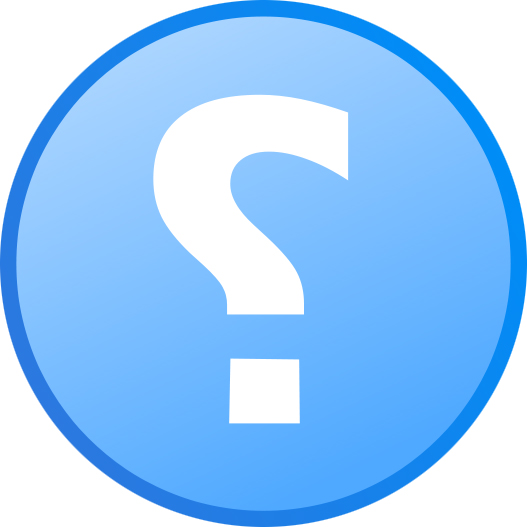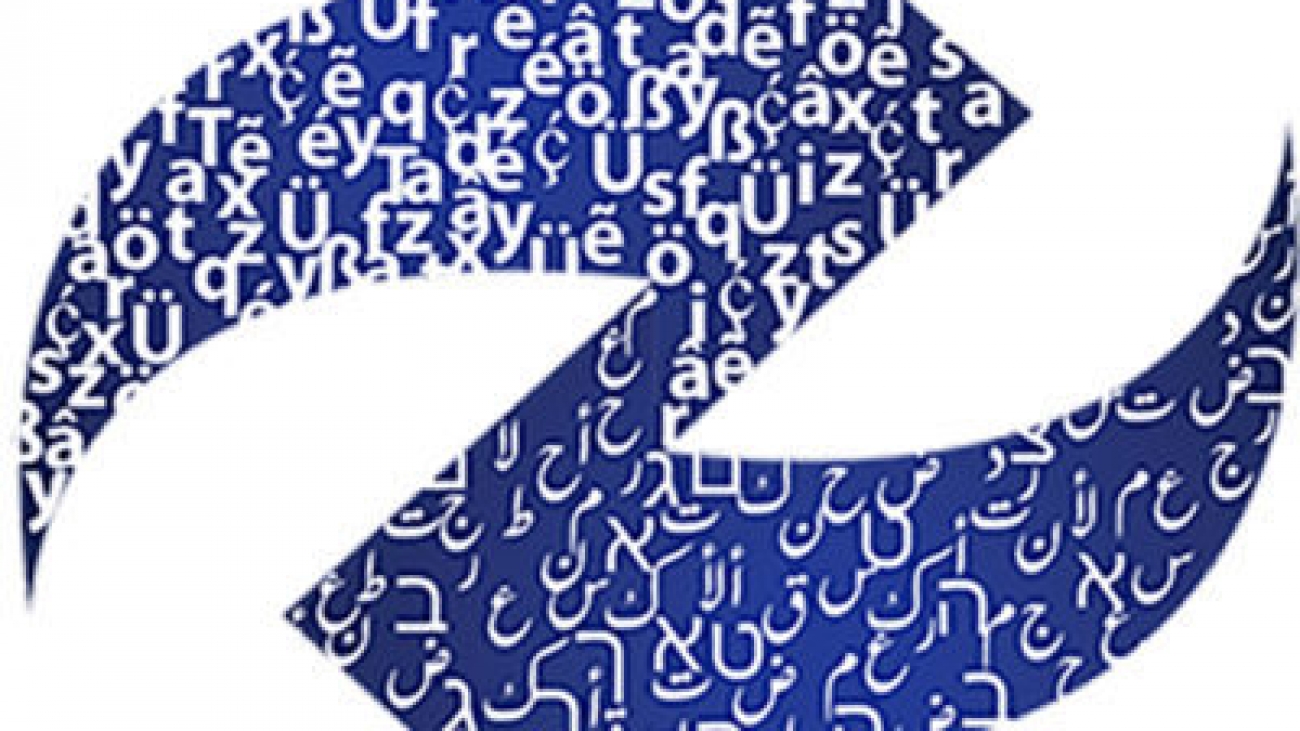A BiDi text is a mixture of characters within a text, where some are read from left to right and others from right to left. Bidirectional language or BiDi language is a language that’s read and written from Right to Left. For some reasons, some Left to Right text comes within the Right to Left text and that’s why it’s called BiDi text or BiDi language. Some examples of BiDi languages are Arabic, Hebrew, Persian, Urdu (Pakistan), Uyghur (PRC),…
There are several issues you must keep in mind when localizing a product to a BiDi language.
BiDi Text Direction
In a BiDi language, text is written in right-to-left direction however there may be some neutral characters, numerals and Latin words included in the text and displayed left-to-right. Such issues must be fixed using the BiDi Unicode Markers. Unicode provides special, invisible formatting codes to set the base direction for or to override the bidirectional algorithm in plain text.

Layout
As BiDi languages are Right-to-Left languages, the localized product requires a total adaptation of both the user interface and the overall design. Whatever the localized product is (software, website, document,…), everything should be in RTL direction. Windows, dialogs, message boxes, menus, buttons and every single UI item should be flipped to be in RTL direction. The way to get the layout in RTL direction differs according to the type of the product to be localized.
Arts (images and graphics)
A product may contain a piece of art (image) or some pieces. When localizing a product to a BiDi language, arts should be localized as well. Localizing a piece of art is a bit complex process as the art piece may contain text that needs to be translated and objects need to be flipped. All the text in the art piece should be extracted, translated to the target language and added back to the art piece. Other objects in an art piece (like other images, screenshots, diagrams, shapes, …) should be localized as well and if they require flipping, they should be flipped. The only arts that should not be flipped are logos.
Question Mark
An important art piece that must be carefully localized is the help icon having a question mark. As the question mark of all the BiDi languages is in different direction than the English one, help icons should be flipped to have the question mark the same direction of the target BiDi language. Hebrew is an exception as the Hebrew question mark is the same as the English one. So, the Hebrew help icon should NOT be flipped.


At IntlSight, we have our experienced Desktop Publishing specialists and Localization Engineers who are very familiar with the BiDi languages characteristics and nature. Our localization and translations teams are also well trained on how to deal with BiDi issues and how to resolve such issues in the bidirectional text.


